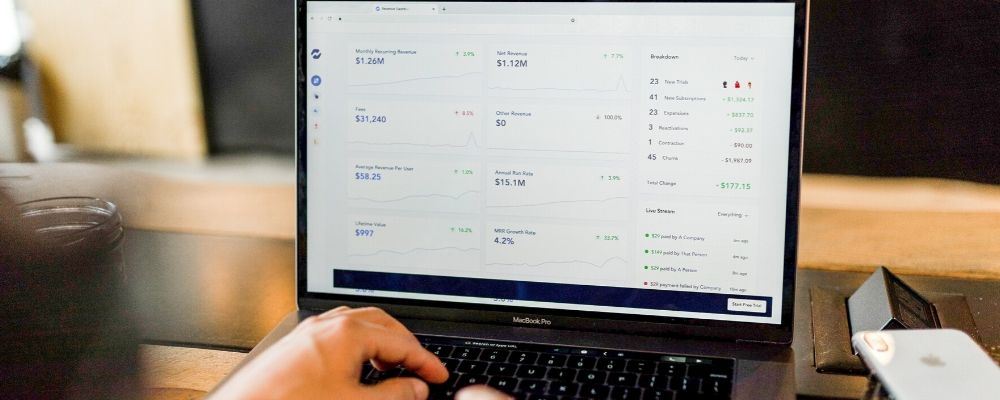Wrap and managed accounts come with a tax statement at the end of the year.
Wrap and Managed Accounts
Most of your wealthy clients will hold some wrap and managed accounts. But how are wrap and managed accounts different? Where are they similar?
In search of an answer we asked Daniel Mikhail of Partners Wealth Group in Sydney for advice. Here is what we learned but please listen in as Daniel Mikhail explains all this much better than we ever could.
To listen while you drive, walk or work, just access the episode through a free podcast app on your mobile phone.
What You Invest In
Let’s start with the actual assets you invest in. No matter HOW you invest your money, in the end you own a direct or indirect interest in:
1 – Cash (cash accounts, term deposits)
2 – Fixed Interest (corporate or government debt)
3 – Shares (domestic or international, listed or unlisted)
4 – Property (commercial or residential)
5 – Commodities (eg. gold, copper, oil)
6 – Currency (foreign)
7 – Derivatives (eg. options, futures, swaps)
8 – Anything else
So these are the underlying assets.
The next question is how you invest in these. You can invest directly in your name or through a wrap or managed account in your name. Or you invest through a managed fund where you own a share of the managed fund.
Direct Investment
When you buy assets directly – without using wrap or managed accounts or managed funds – you act in your own name. Your name is on the title, certificate or statement. And there is no tax statement. Instead, you (or your accountant) work out your tax position.
Managed Funds
When you buy assets through a managed fund (called ‘mutual funds’ in the US), you add another layer. You own the units in the managed fund. And the managed fund owns the underlying assets.
At tax time, the managed fund will send you a tax statement that covers your portion of the managed fund’s tax position.
You decide whether to buy a unit of a particular managed fund or not. The fund manager decides what assets the managed fund invests in. You don’t have a say in that.
You can invest in managed funds directly (also called ‘Retail’) or through a wrap or managed account.
At the end of the year, you receive a tax statement listing the income and any credits you received.
Wrap Accounts
With a wrap account you invest in your own name. But you go through a wrap account provider.
Think of a wrap account as an admin service. Rather than you having to work out your tax position at tax time, you get a nice summary with a tax statement.
In a wrap account you make the investment decisions. If you engage a financial adviser, they have to follow your instructions and give you a statement of advice each time they act on your behalf. This takes time and hence is reflected in higher fees.
Managed Accounts
In a managed account you still invest in your own name, but you engaged a manager to make the investment decisions on your behalf.
Your decision is to invest. But the manager of the managed account decides how to invest it. That allows the manager to move much quicker when changing the portfolio.
Like with a wrap account, you receive a tax statement summarising your tax position.
MORE
Disclaimer: Tax Talks does not provide financial or tax advice. All information on Tax Talks is of a general nature only and might no longer be up to date or correct. You should seek professional accredited tax and financial advice when considering whether the information is suitable to your or your client’s circumstances.
